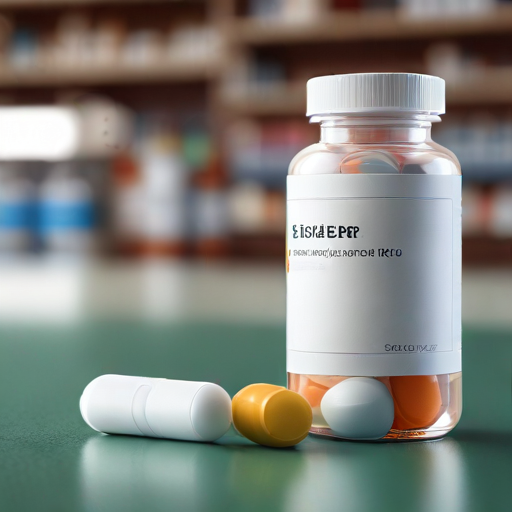A recent study published in the Annals of Internal Medicine reveals a rising trend among non-diabetic individuals being prescribed GLP-1 drugs, while the rate of new prescriptions for individuals with diabetes is declining. This shift is raising concerns among experts about potential shortages of these vital treatments.
GLP-1 medications function by mimicking an essential hormone that helps regulate blood sugar levels and suppresses appetite. Initially approved for treating type 2 diabetes, the FDA broadened the scope in 2021 by approving Wegovy for weight loss purposes. Consequently, pharmaceutical companies like Novo Nordisk and Eli Lilly are facing challenges in increasing the supply of these medications to meet soaring demand.
Researchers from Cedars-Sinai Medical Center, alongside other institutions, evaluated the medical records of 45 million Americans who visited a medical professional between 2011 and 2023. They discovered that the percentage of new GLP-1 users with type 2 diabetes decreased from nearly 90% in 2019 to over 70% in 2023. In contrast, the segment of new GLP-1 users without diabetes surged from 10% to 25%.
Yee Hui Yeo, co-first author of the study, noted, “This data suggests that more healthcare providers are recognizing the benefits of these medications for treating obesity, which is a significant public health shift. However, it also raises concerns about potential medication shortages and the need to ensure that patients with diabetes still have access to these treatments.”
The study’s data was derived from the healthcare software company TriNetX and may not reflect national trends comprehensively.
In recent years, the popularity of GLP-1 medications has soared, primarily due to their appetite-suppressing capabilities leading to substantial weight loss—up to 26% of body weight for users. The significant demand for these drugs has propelled Eli Lilly and Novo Nordisk to become two of the most valuable pharmaceutical entities globally. However, this increased demand has created difficulties for some patients in obtaining their prescriptions. To combat this issue, both companies have invested billions to enhance their production capacities.
Morgan Stanley analysts project that the global market for GLP-1 drugs could reach $105 billion by 2030, with an anticipated adoption rate among 31.5 million Americans—approximately 9% of the U.S. population—by 2035.
This phenomenon highlights both a public health shift and the critical need for equitable access to essential medical treatments, ensuring that all patients, from those managing chronic conditions like diabetes to those seeking to address obesity, can receive the care they need. The hope is that ongoing investments in production and innovation will meet the growing demand, ultimately benefiting the health of millions.
